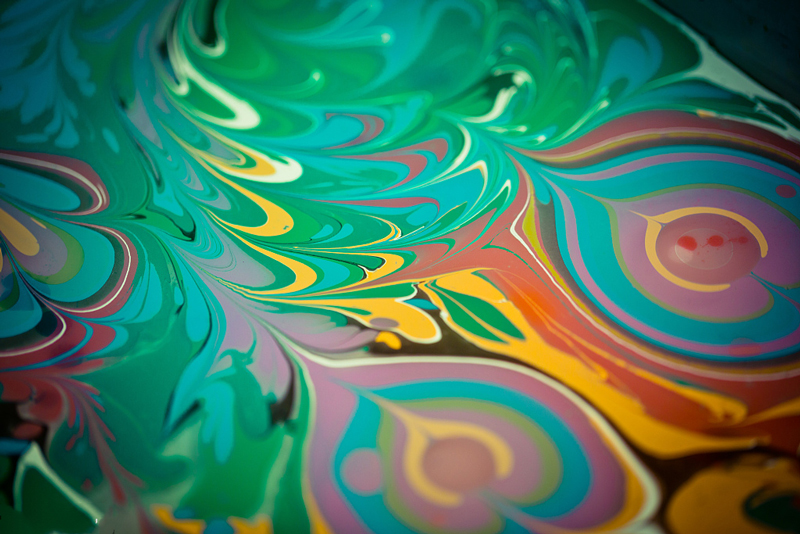Printing Inks
Ethylcellulose (Ethylcellulose) is also called cellulose ethyl ether and cellulose ethyl ether. It is made of refined paper pulp or lint and sodium hydroxide to make alkaline cellulose. The ethane reaction replaces all or part of the three hydroxyl groups in glucose with ethoxy groups. The reaction product is washed with hot water and dried to obtain ethyl cellulose.
Ethyl cellulose is widely used in coatings. In microcircuit printing, ethyl cellulose is used as a vehicle. It can be used as hot-melt adhesives and coatings for cables, paper, textiles, etc. It can also be used as a pigment grinding base and used in printing inks. Industrial-grade ethyl cellulose is used in coatings (gel-type coatings, hot melt coatings), inks (screen printing inks, gravure inks), adhesives, pigment pastes, etc. High-end products are used in medicine, cosmetics, and food, such as packaging materials for pharmaceutical tablets, and adhesives for long-acting preparations.

Ethyl cellulose is a white, odorless, non-toxic solid, tough and soft, stable to light and heat, and resistant to acids and alkalis, but its water resistance is not as good as that of nitrocellulose. These two celluloses can be used in combination with other resins to produce inks for printing paper, aluminum foil, and plastic film. Nitrocellulose can also be formulated as a varnish or used as a coating for aluminum foil.
Applications
Ethyl Cellulose is multi-functional resin. It works as a binder, thickener, rheology modifier, film former, and water barrier in many applications as detailed below:
Adhesives: Ethyl Cellulose is broadly used in hot melts and other solvent-based adhesives for its excellent thermoplasticity and green strength. It is soluble in hot polymers, plasticizers, and oils.
Coatings: Ethyl Cellulose provides waterproofing, toughness, flexibility and high gloss to paints and coatings. It can also be used in some specialty coatings such as in food contact paper, fluorescent lighting, roofing, enameling, lacquers, varnishes, and marine coatings.
Ceramics: Ethyl Cellulose is highly utilized in ceramics made for electronic applications such as multi-layer ceramic capacitors (MLCC). It works as a binder and rheology modifier. It also provides green strength and burns out without residue.
Other Applications: Ethyl Cellulose uses extends to other applications such as cleaners, flexible packaging, lubricants, and any other solvent-based systems.
Printing Inks: Ethyl Cellulose is used in solvent-based ink systems such as gravure, flexographic and screen printing inks. It is organosoluble and highly compatible with plasticizers and polymers. It provides improved rheology and binding properties which helps the formation of high strength and resistance films.
| Recommend Grade: | Request TDS |
| EC N4 | Click here |
| EC N7 | Click here |
| EC N20 | Click here |
| EC N100 | Click here |
| EC N200 | Click here |